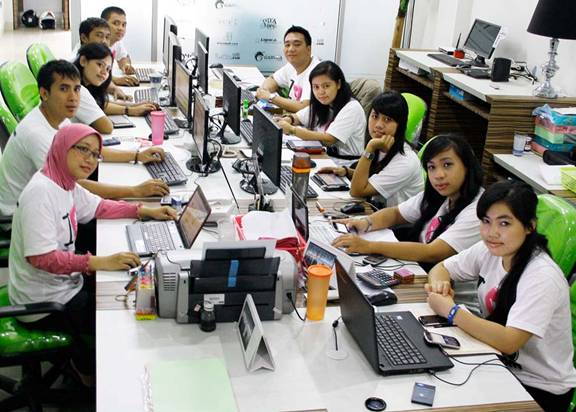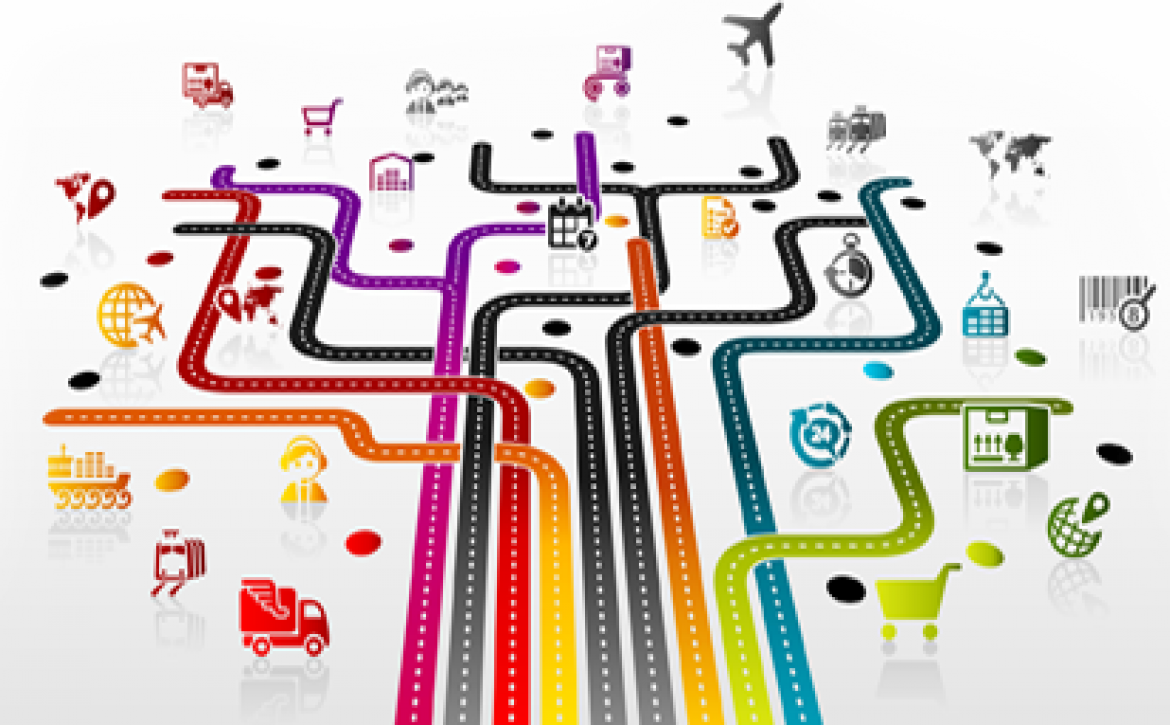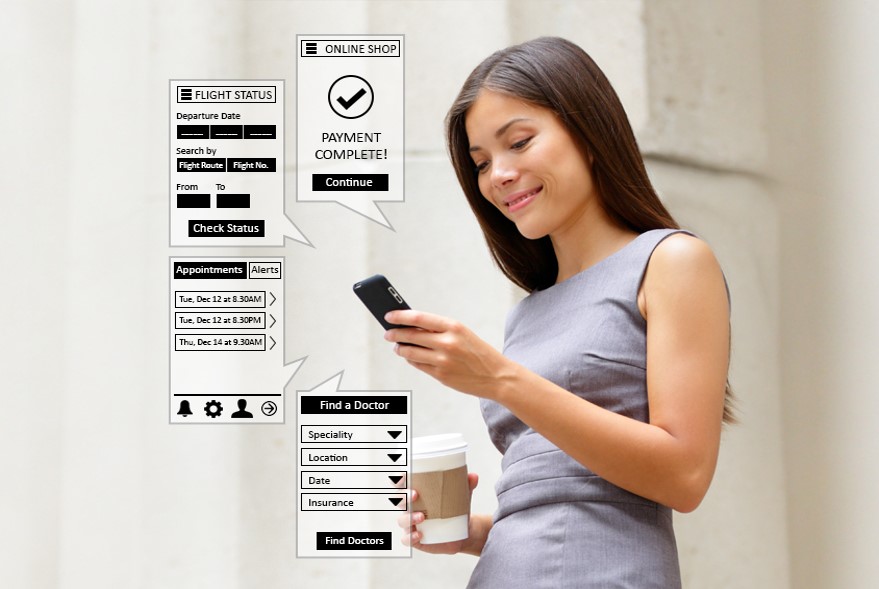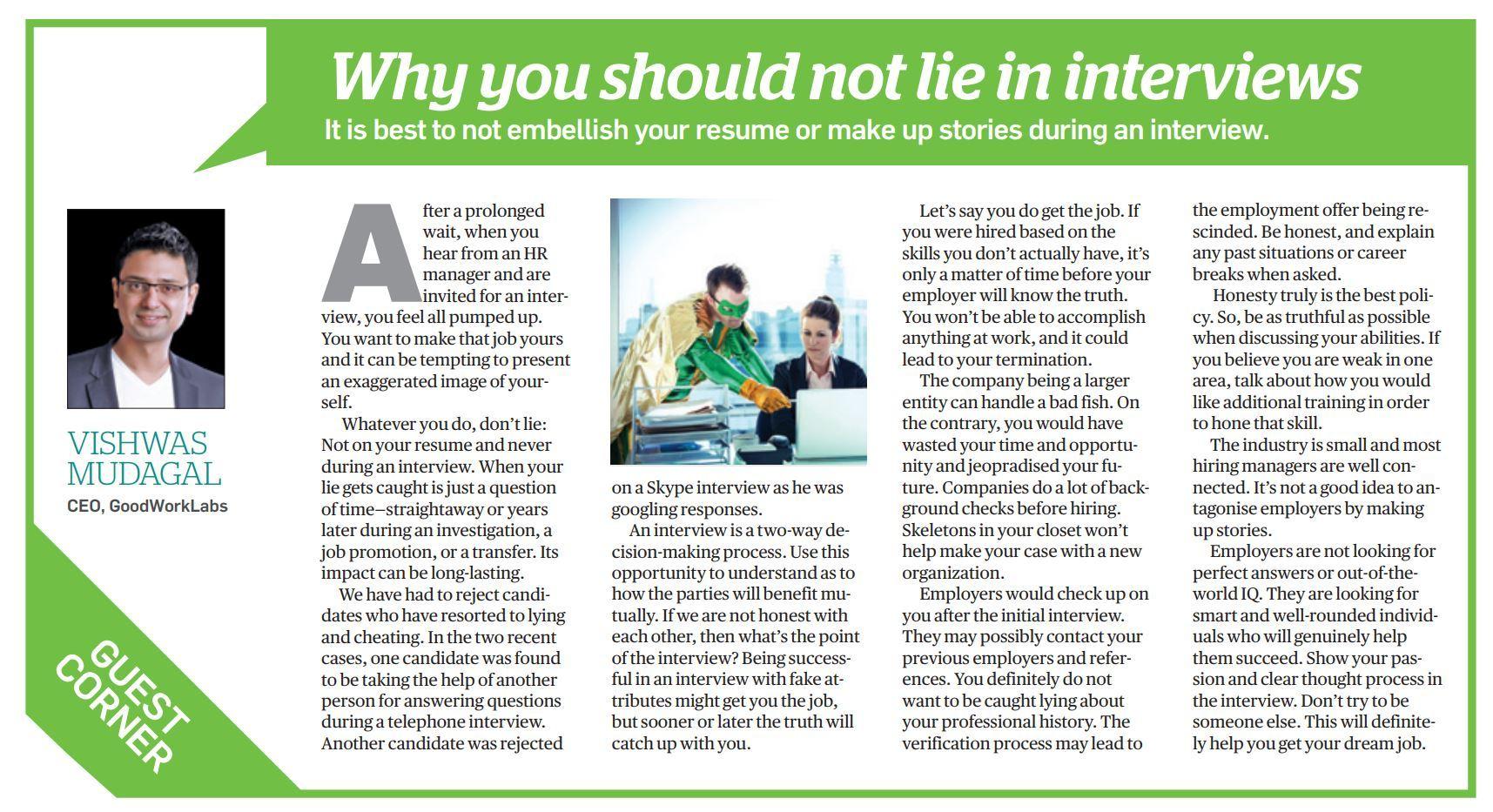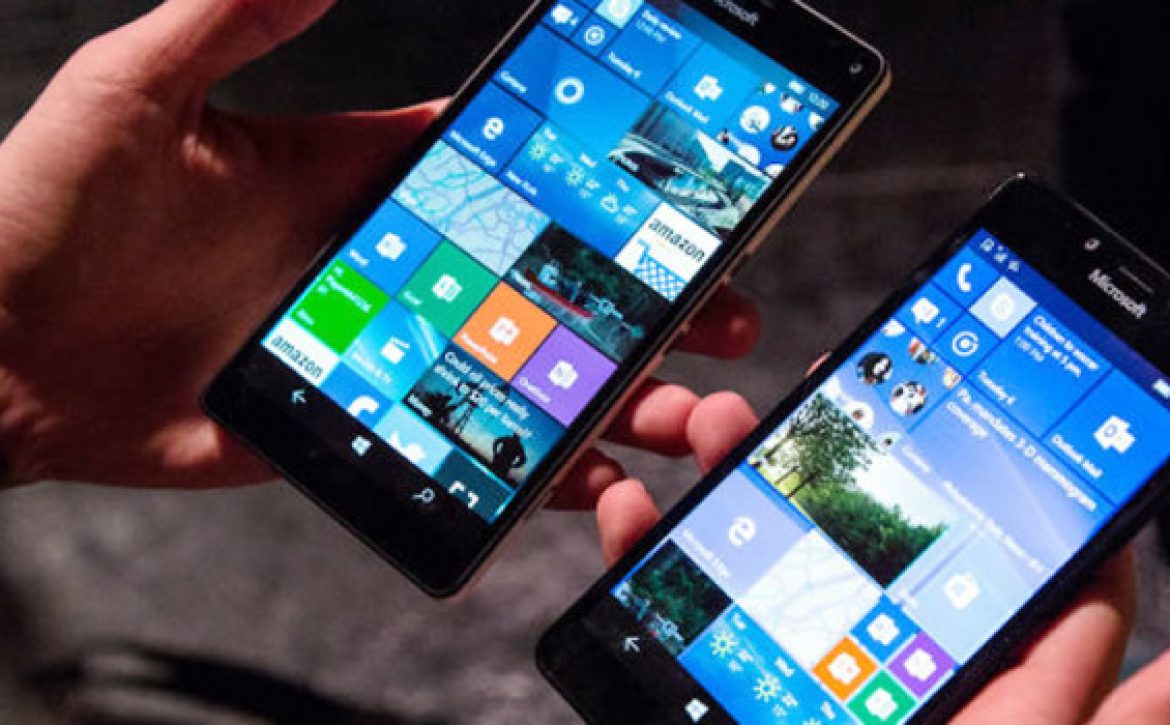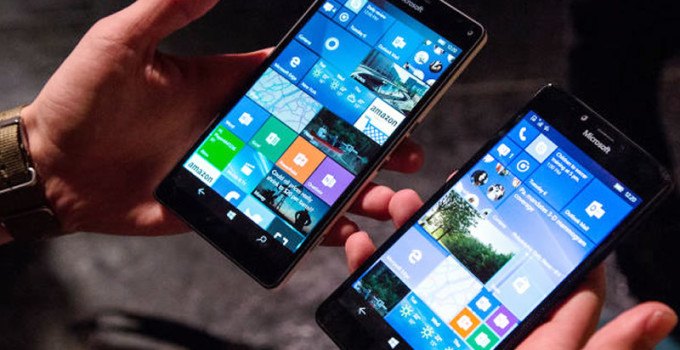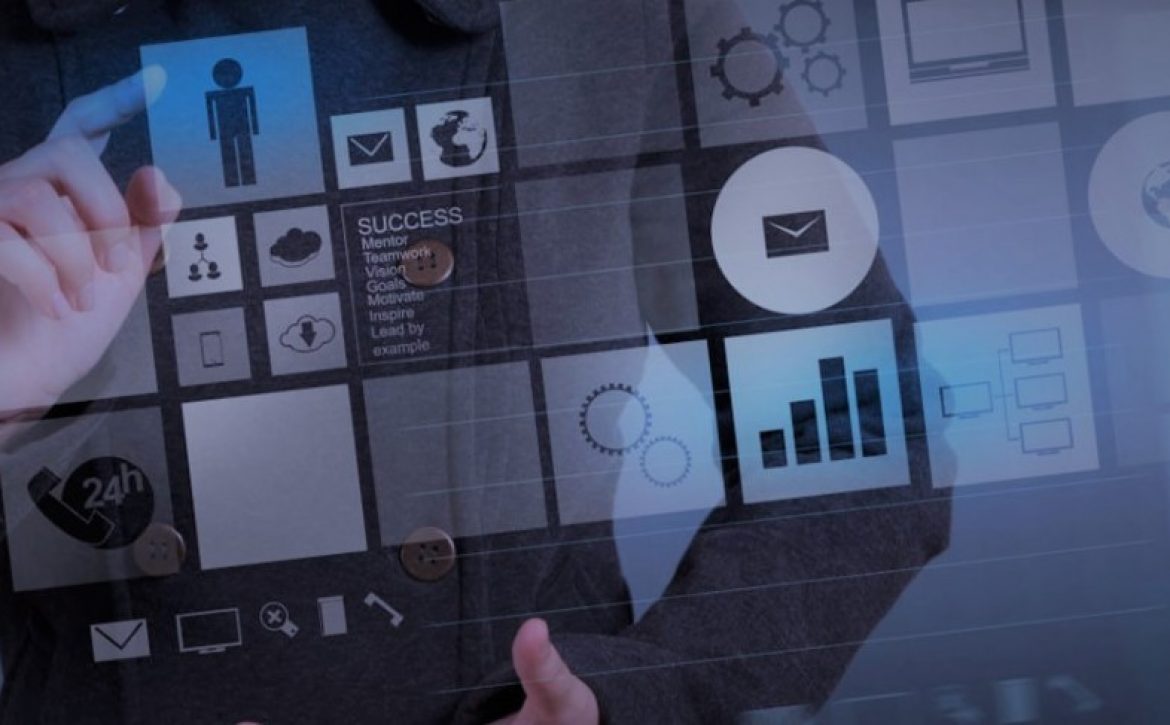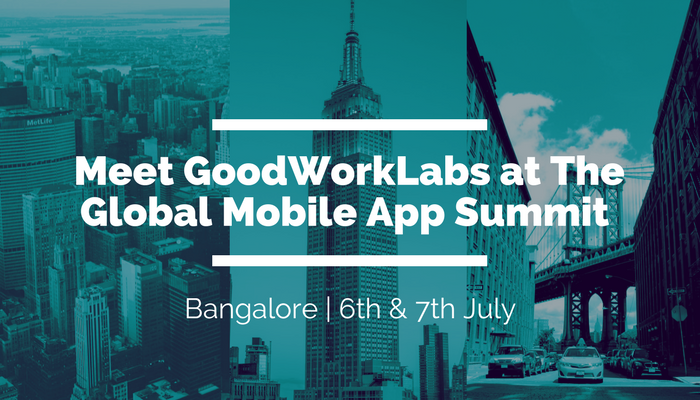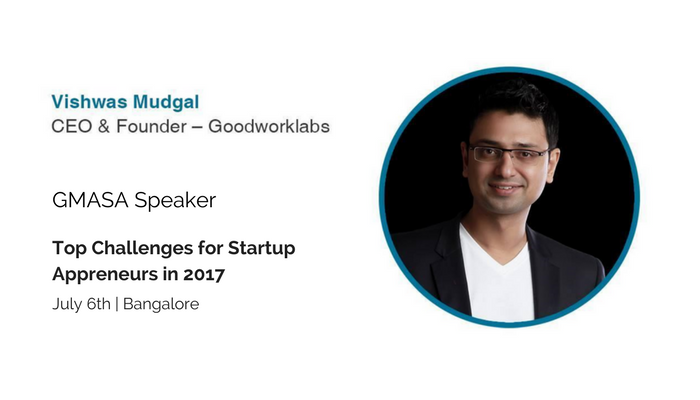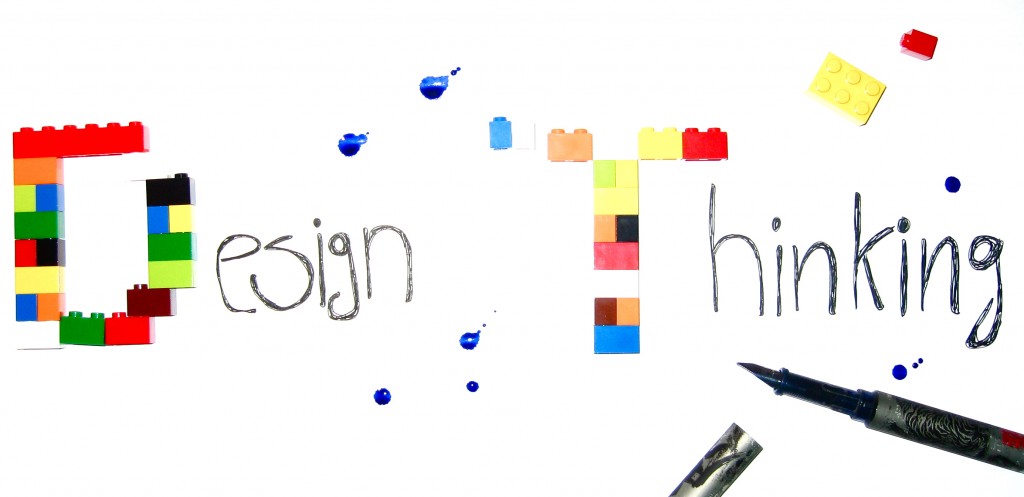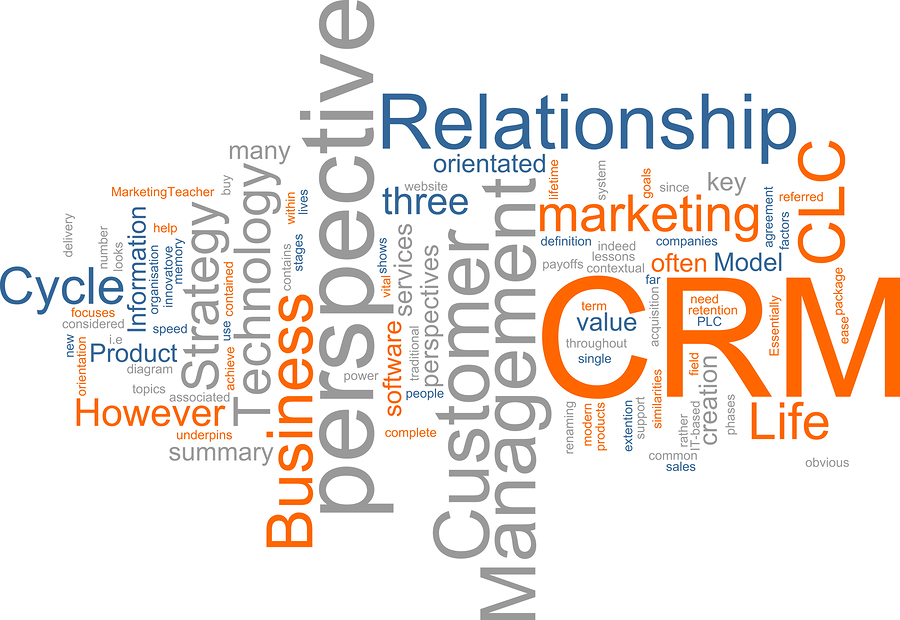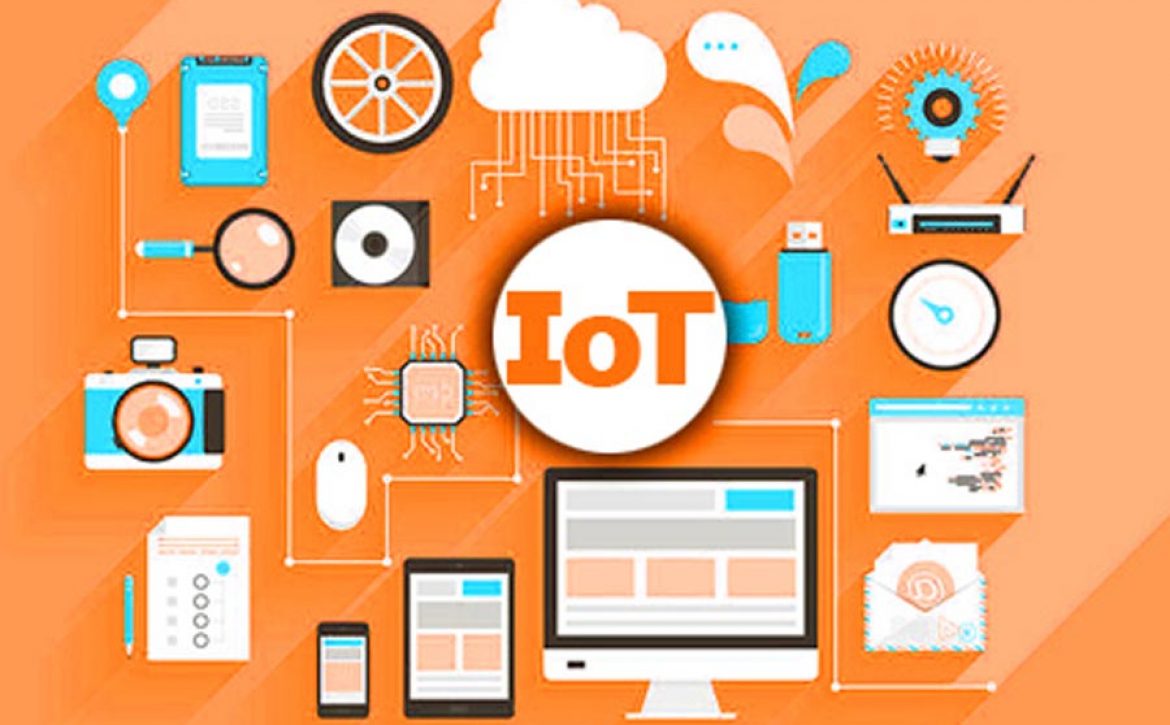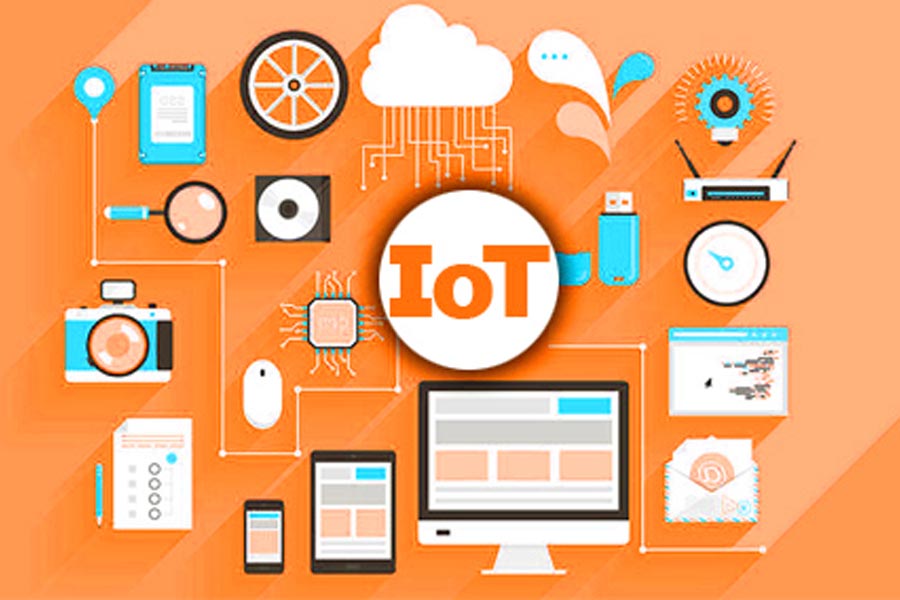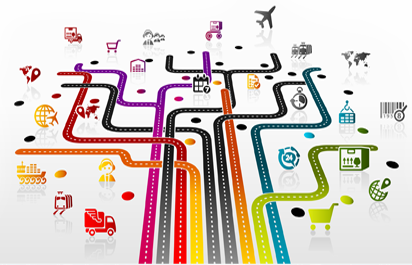How To Hire And Retain Employees
The Art Of Hiring
Often, managers think that if they want to speed up decision-making, they must also be prepared to make worse decisions. For example, a recruiting decision could be made more quickly but without getting as much internal input or spending as much time ensuring the candidate “fits” with the organization. They think they must trade off making a fast decision to ensure they make the right decision.
HR teams feel this fast/right conundrum in many parts of their work, but there are eight in particular where they can speed-up decisions without getting them wrong.
Following are a few tips from out talented HT team to hire the best talent and ways to retain them for a longer period of time.
- Compete for talent more intelligently: Firms increasingly need highly specialized roles and skills regardless of the industry they operate in. But many HR teams lack the right data, or the right ability to use it, to find such people and hire them.They must first take the time to understand and anticipate what types of skills they will need in the future; this will pay dividends later. They must also understand how to use talent analytics cost-effectively to find the people best placed to fill these roles. And, finally, they should concentrate on non-traditional labor markets they may have overlooked (in an adjacent industry, say).
- Streamline the recruiting process: The average time it takes for a recruiting team to fill a position has risen substantially in the past five years. Most HR functions have a big opportunity to speed up hiring without compromising quality.More complex hiring requirements have complicated recruiter workloads, recruiting processes, and hiring decisions. As a result, the average time to fill an open position is at 63 business days – 21 more days than it was five years ago. This can mean less savvy firms lose talent to competitors and waste an average of $8.5 million per 1,000 vacancies in lost productivity and additional recruiting work.Many firms try to combat this by giving recruiters more: more resources, more policies, more tools, and more information. But it rarely works. Instead, they should look to streamline the recruiting process itself. Recruiting teams should take three steps:
- Realign resources for recruitment to focus on speeding up hiring for current and future posts.
- Identify and remove hidden process inefficiencies that slow down hiring.
- Slim down the amount of information and stakeholders that influence hiring decisions, and learn how to manage it better.
- Don’t ask employees to “own” their careers, partner with them instead: Two-thirds of companies will face an internal skills shortage in the next three to five years, and only 30% of employees are satisfied with the future career opportunities at their organizations. This makes it imperative that HR teams engage and retain the right people to staff the roles the company needs in the future.To do this, 90% of heads of HR say they want to move away from a promotion-based career culture to a “growth-based” one where employees move laterally to acquire new skills that then put them in a position to take on a better paid, more responsible role. Most firms try to do this by encouraging employees to “own” their careers, and providing sample career paths, access to job boards, and career conversations. But this can often mean that employees don’t develop the skills the firm needs, which produces an internal skills shortage and/or the firm losing employees it wanted to keep.Instead, firms should encourage “career partnerships” that are of value to both the company and employees. Employees should be shown how the skills the firm wants them to develop will make them more employable. The HR team should market the right position (full-time or project-based) to the right employees rather than using passive channels like internal job boards, and then make it easy for employees to shift between teams. This keeps employees engaged and provides managers with the right skills at the right time.
We will share similar tips in the coming days as we completely understand the hiring process. This makes us one of the best options for contract staffing and staff augmentation options.



